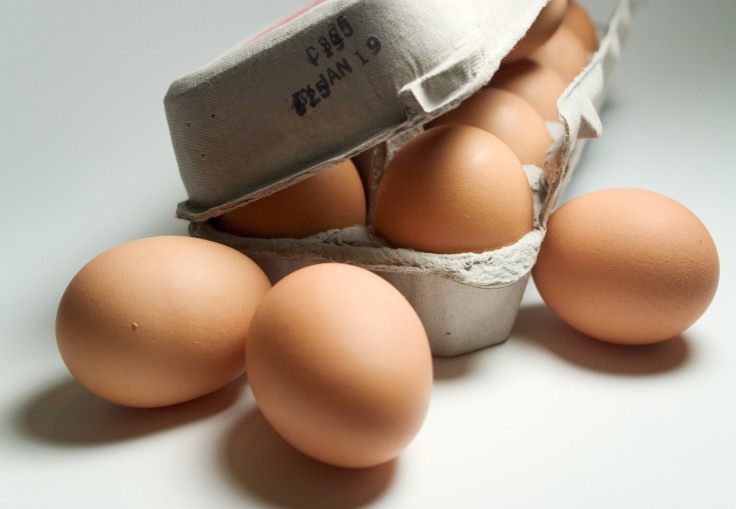The Truth About Expiration Dates: Can Food Outlast The Labels?

You’ve probably tossed a jug of milk or a yogurt into the garbage after seeing it had outlasted the expiration date — even by just a day or two. Better to be safe than sorry, right?
Of course, no one wants to risk food poisoning or sickness. But is the food label really the best way to judge when things in your fridge go bad? Despite popular belief, food labels are often misunderstood — and quite misleading.
“Here’s a superbly-kept secret: All those dates on food products — sell by, use by, best before — almost none of those dates indicate the safety of food, and generally speaking, they’re not regulated in the way many people believe,” a 2013 report by the Natural Resources Defense Council (NRDC) and Harvard Food Law and Policy Clinic writes.The report found that up to 90 percent of consumers have thrown out food based on expiration dates, assuming the food is unsafe to eat. This sort of mentality only leads to food waste.
In fact, the idea of expiration dates actually sprouted from a concern for food’s freshness, not necessarily its safety, so the majority of food dates have to do with how fresh they will be by a certain time, not necessarily how spoiled they'll be. You might also not know the difference between labels placed on food products. The “Sell by” date, for example, only refers to how long a store can keep the product on its shelves. Food lasting past the “Sell by” date shouldn’t be tossed just because it’s a few days past the timeframe that it should have been sold at the store. The “Best if used by” date defines the timeframe that foods will be freshest, but this doesn’t pertain to safety, either. The “Use by” date, meanwhile, is the last day for “peak quality,” meaning the food’s taste and quality may get worse afterwards, but it doesn’t necessarily mean you’ll get sick if you eat it. The only label, in fact, that has anything to do with food safety is the “Expiration” date, which should typically be adhered to.
On top of that, manufacturers use different methods to determine what day is best for freshness or expiration, such as lab tests and consumer satisfaction questions, and it’s hard to tell what sort of method was used. There is no federal mandate that uniformly defines expiration dates either, so states essentially do their own thing, using different methods and various types of labels that could mean different things to different manufacturers. Most labels are there to help guide a consumer with regards to the food’s freshness and not its safety, which can be a point of confusion and misunderstanding.
According to the Cleveland Clinic, milk is usually safe to drink two to three days after its “use by” date, assuming it doesn’t smell spoiled. Butter and eggs will usually last several weeks after you purchase them, but keep them in the back of the fridge to improve preservation as it’s colder there. If you’re ever concerned about a food’s longevity, freeze it — this will keep the food safe and preserved for months.
In short, using your common sense is a better way to judge the safety of foods rather than relying blindly on labels. “Let common sense — and your senses — be your guide,” Dr. Kristin Kirkpatrick of the Wellness Institute, says. “If something smells rotten, curdles or turns a suspicious color, toss it in the trash.”



























